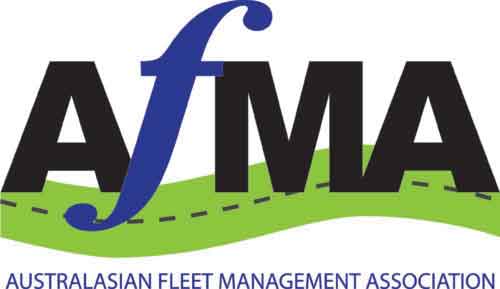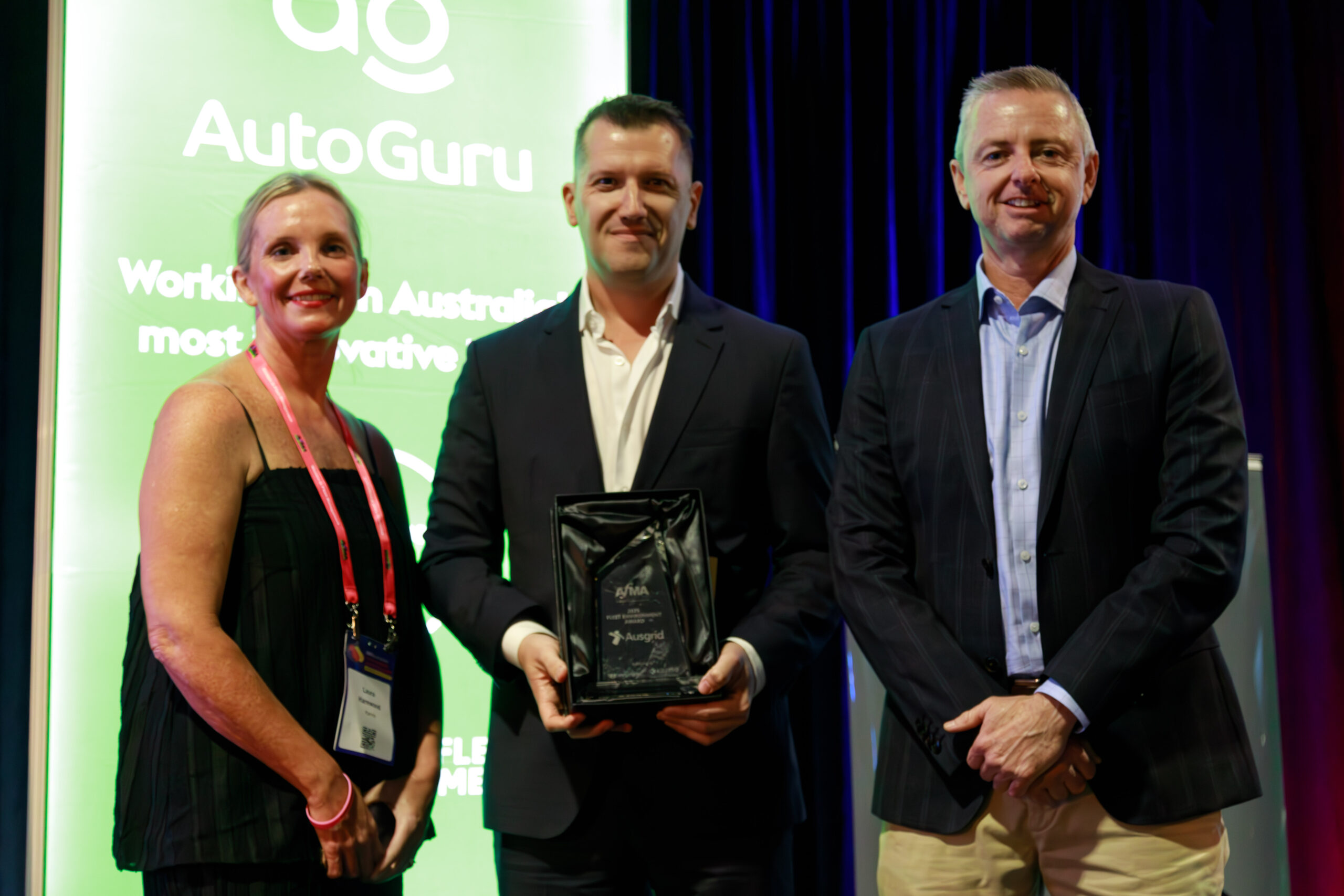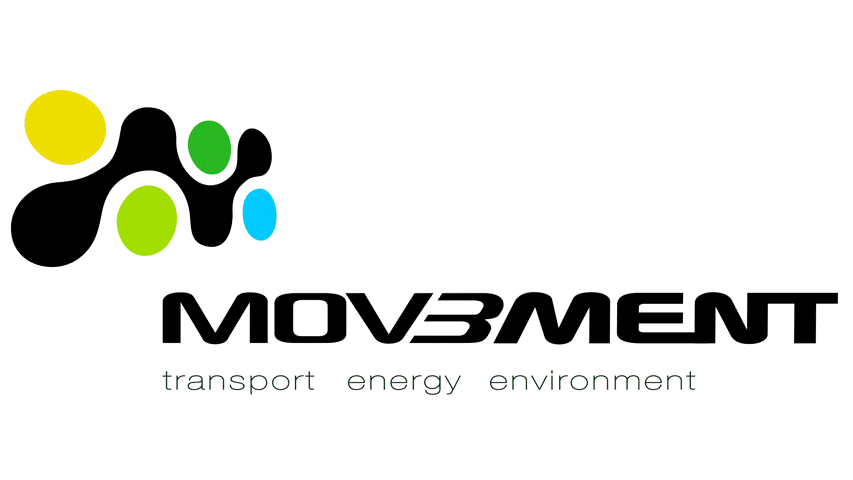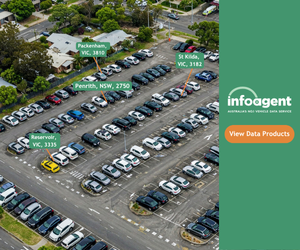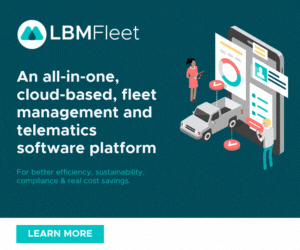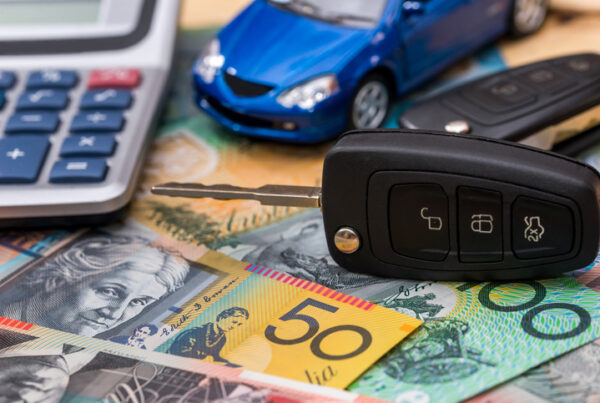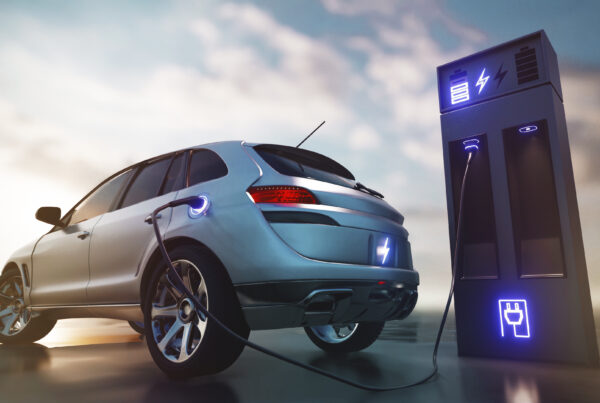Australia’s transition to a low-carbon economy requires leadership not just in energy generation but across every aspect of infrastructure and logistics. In 2025, Ausgrid demonstrated how bold, pragmatic action can reshape an essential operational function—fleet management—into a strategic pillar for sustainability, innovation, and community benefit.
Awarded the 2025 Australasian Fleet Management Association (AfMA) Fleet Environment Award, Ausgrid’s fleet program has rapidly evolved into an industry-leading model of environmental leadership, technological integration, and organisational culture change.
The Challenge: Modernising a Diverse Utility Fleet
As Australia’s largest electricity distributor on the east coast, Ausgrid operates a diverse fleet of over 2,200 assets, including more than 1,200 light vehicles and 400 heavy vehicles. For years, this fleet has been indispensable for performing critical roles across Ausgrid’s expansive service territory—but it has also contributed significantly to the organisation’s carbon footprint.
By 2022, Ausgrid’s fleet accounted for over 8,000 tonnes of Scope 1 CO₂ emissions annually, making fleet decarbonisation one of the most impactful levers available for advancing the company’s corporate sustainability targets.
Yet the complexity of Ausgrid’s fleet presented major challenges:
– Varied duty cycles and geographic deployment (urban to remote).
– Payload and towing requirements for heavy operational roles.
– The need for robust safety standards across all vehicles.
– Market limitations for zero-emission commercial and heavy vehicles.
The Strategy: From Trials to Industry Leadership
Rather than waiting for cost and performance parity between electric vehicles (EVs) and internal combustion engine (ICE) counterparts, Ausgrid took a strategic decision: to lead, not follow.
In 2023, the organisation launched its comprehensive Fleet Electrification Strategy, which aligned closely with Ausgrid’s broader Net Zero commitments:
– Electrify 60% of the fleet by 2029.
– Achieve an all-electric passenger fleet by FY28.
– Pursue early adoption and trials of electric vans, utilities, and heavy vehicles.
– Deploy a four-tier charging infrastructure plan, including public-private solutions.
“As an electricity distributor, Ausgrid plays a leading role in demonstrating the benefit of electrification for households, business owners, and our own staff. We’re already seeing benefits including lower energy bills, cheaper operating costs, as well as a reduced impact on the environment,” said Ausgrid CEO, Marc England.
Achievements: Results That Speak
The results of Ausgrid’s strategy have been both rapid and measurable—particularly in the light fleet (passenger vehicles) where early electrification efforts were concentrated.
Passenger:
– 33% reduction in emissions from the passenger fleet.
– 61% reduction in diesel consumption in the passenger fleet.
– Kilometres travelled increased by 37%.
Fleet-wide Transition Progress:
– 8% of the total vehicle fleet electrified (expected to reach 10% before mid-2025).
– Heavy EVs and light commercial EVs successfully trialled.
Charging Infrastructure:
– 66 AC chargers.
– 24 DC fast chargers.
– 28 staff chargers.
– 3 heavy vehicle chargers.
– 20 additional chargers under construction.
“Our electrification efforts aren’t just transforming Ausgrid’s fleet—they’re also helping expand the NSW public EV infrastructure footprint,” said Head of Supply Chain & Fleet, Alex McPherson.
“It’s taken 18 months of hard work to get to this point, and looking to the future, we’re on track to electrify 60% of fleet by 2029.”
“At Ausgrid we’re created a scalable, adaptable model for fleet electrification success and it’s only going to get better from here.”
Overcoming Barriers: Technology, Culture, and Policy
Ausgrid’s journey was not without hurdles.
Vehicle Availability: The Australian market lagged in offering suitable zero-emission commercial and heavy vehicles. Ausgrid responded with a flexible, trial-based approach.
Cultural Change: Transitioning to EVs involved challenging long-held assumptions about vehicle capability and change resistance.
“When writing the strategy, I had to overcome my own bias from early EV experiences” said Fleet Engineering & Strategy Manager, Tim Kynoch.
“EV technology has evolved so rapidly in the past 2 years, they’re completely different cars”
“We definitely faced some challenges, with the primary concern of first-time users being the range of the EVs.”
“We also needed to make sure our operational requirements were still being met following the inclusion of the electric vehicles in our fleet.”
Cost Considerations: While EVs required higher capital expenditure, Ausgrid recognised their lower operating costs and reputational leadership value.
Data-Driven Decision-Making: Fleet investments were evaluated for financial, environmental, and community benefits, guided by Ausgrid’s Sustainability Policy and a “shadow carbon price.”
Broader Impact: Sharing the Journey
Ausgrid has embraced the role of industry advocate and knowledge sharer.
– Partnered with the Strategic Electric Vehicle Integration (SEVI) program.
– Presented learnings at multiple forums including the NSW DEECW EV Drive Day and NRSPP Annual Event.
– Supported staff adopting EVs for personal use.
“One of our proudest achievements is helping other organisations realise how well EVs can fit their operations, while also avoiding the pitfalls we encountered,” said Kynoch.
“By sharing our learnings across industry and more broadly, we are helping shape the future of fleet electrification in Australia.”
The Road Ahead
Ausgrid’s next milestones include scaling light commercial and heavy EV procurement, continuing charger rollouts, and integrating lessons into procurement and operations.
“There’s so much opportunity for electrification, and we have a lot more planned. The benefits are clear for our customers, our communities, and our business” said McPherson.
“We’ve already seen a 33% reduction in our emissions in just two years through this initiative, which is something we are proud of, and we’re keen to see that number continue to grow.”
“Our goal is to bring 900 electric vehicles online by 2029 to electrify our fleet.”
Ausgrid’s fleet electrification strategy exemplifies how operational necessities can become sustainability opportunities. By choosing to lead, Ausgrid is reducing emissions and improving operational efficiency in their light fleet, while influencing policy and driving Australia’s broader energy transition.
AfMA congratulates Ausgrid on their remarkable achievements and their well-deserved recognition as the 2025 Fleet Environment Award winner.
AfMA would like to thank the sponsors of the 2025 Fleet Environment Award: Hyundai Australia and Karmo. Their generous support makes it possible to recognise and celebrate industry leadership in fleet sustainability and innovation.
Ausgrid’s Fleet Electrification Highlights
- First Australian DNSP to commit to ambitious fleet decarbonisation targets.
- 33% reduction in passenger fleet emissions (2022–2024).
- 61% reduction in diesel use in the passenger fleet.
- Increased passenger fleet utilisation by 37% more kilometres travelled.
- Electrified 8% of total vehicle fleet (targeting 10% by mid-2025).
- On track to electrify 60% of fleet by 2029.
- Extensive trials of electric light commercial and heavy vehicles.
- 121 EV chargers deployed, with 22 additional chargers under construction.
- Innovative dual-use public-private charging solutions piloted.
- Staff incentives and depot charging increased personal EV adoption.
- Active leadership in SEVI national research program.
- Knowledge sharing across industry through speaking engagements and podcasts.
- Created a scalable, adaptable model for fleet electrification success.
Did you find this article interesting? Click the ‘heart’ button above to give it a ‘like’!
